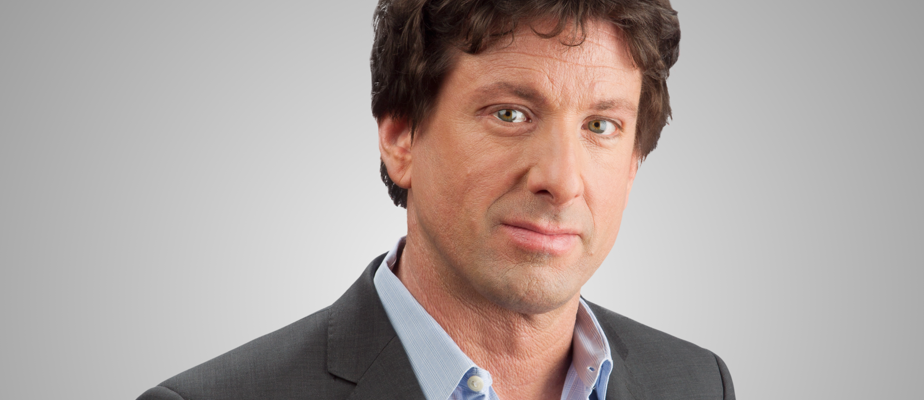Are you full of the (bike) helmet of the “Scandinavian model”? Are you tired of hearing a sentence starting with “But the Swedes, them…”? You want to talk about the Norwegian brothers who are revolutionizing middle-distance running, but your phonatory muscles can’t pronounce “Ingebrigtsen”?
That’s good, the Scandinavian model is already ancient history.
Ute! as they say in Oslo. Ut! as they say in Stockholm. Ud! as they say in Copenhagen. In short, all of this is outas they say in Paris.
The new thing is the Slovenian model.
I know, you say to yourself: the followers of physical culture are like the old Marxist-Leninists: when the model fails in one country, they always find another, more obscure one, where “it works”. And everything ends up collapsing in Albania.
Except this time it’s true. Not that the “Scandinavian model” is dead: these countries promote mass physical activity, they have an active population with good eating habits and their health indices are among the best in the world.
But without realizing it, a small country in the Balkans began to attract the attention of researchers, and not because of the performances of Anze Kopitar – the best Slovenian hockey player.
For those who follow the Tour de France minimally – and even if you don’t follow it, the Netflix series on the 2022 Tour is a must-see –, for those who are even remotely interested in cycling, I was saying, the names of Slovenians Tadej Pogačar and Primož Roglič have been ringing loudly for several years.
It could be an athletic anecdote. It is in fact the result of a policy of development of the sport of excellence, directed at the highest level of this small State.
The main thing, however, is not the production of champions. The main thing is the development of a national physical culture.
I won’t surprise you if I tell you that Pierre Lavoie is interested in the Slovenian model, and sends me documentation on the subject. He, who has been preaching Scandinavian virtues for so many years, is he turning his back on the Nordic countries?
No, of course. It is rather as if the Slovenes had pushed the same principles further.
The sports faculty of the University of Ljubjana (the capital) trains the country’s physical education teachers, but not only to detect future champions. The idea is to develop skills in all sports in children and to delay specialization as much as possible.

PHOTO ROBERT SKINNER, LA PRESSE ARCHIVES
Pierre Lavoie
“What I like is that for them, champions come from a system of inclusion, not a system of exclusion,” he told me on the phone from Chicoutimi, his voice still hoarse from his 1000 km of Grand Challenge cycling and a thousand speeches before, during and after.
In North America, on the contrary, elite sport is based on a system of elimination of the less successful, who drop out of sport massively. The United States being the extreme model: the least fit country but with the most athletic success.
“We have to bring back the pleasure, delay specialization after secondary III and remove barriers everywhere. Make sport accessible. I see the new generation of mayors in Quebec, and that gives me hope, they are aware of that. »
Pierre Lavoie took everyone by surprise three weeks ago by announcing the end of the Grand Tour by bike, which he has been leading with fanfare and trumpets for 15 years over 1000 km across Quebec.
No matter how much he planted trees, abolished plastic water bottles and became carbon neutral since 2009, the very idea of moving a thousand people followed by 230 recreational vehicles was messy.
“We promote sustainable health; sustainable environment is closely linked. There was a discrepancy. We decided to stop and rethink the formula. The new approach has yet to be announced, other than that there will be “more bikes, five per team, and it will smell bad.”
What began in 2008 to draw attention to “orphan” genetic diseases has grown into an increasingly ambitious movement to promote “healthy lifestyles”.
Where is this movement, 15 years and a few million “energy cubes” later? A book, written in collaboration with several specialists, will provide a sort of inventory of Quebec’s situation this fall. What comes out of it? Things have progressed a lot. Life expectancy in Quebec is the best in North America. Fruit and vegetable consumption is higher than elsewhere. Physical activity has increased…up to a point.
“We can be proud. But being the best in North America is like being the best of the worst, he says.
“Everyone regressed during the pandemic. For two years, we pushed our children towards the screens; they could no longer see their friends. They came out of it with an addiction, and that’s a big deal. »
All the more reason to see what is done better elsewhere.
All the more reason to continue the “great challenge” of developing a national “physical culture”.
If Slovenia did it in a generation, Quebec can do it.
